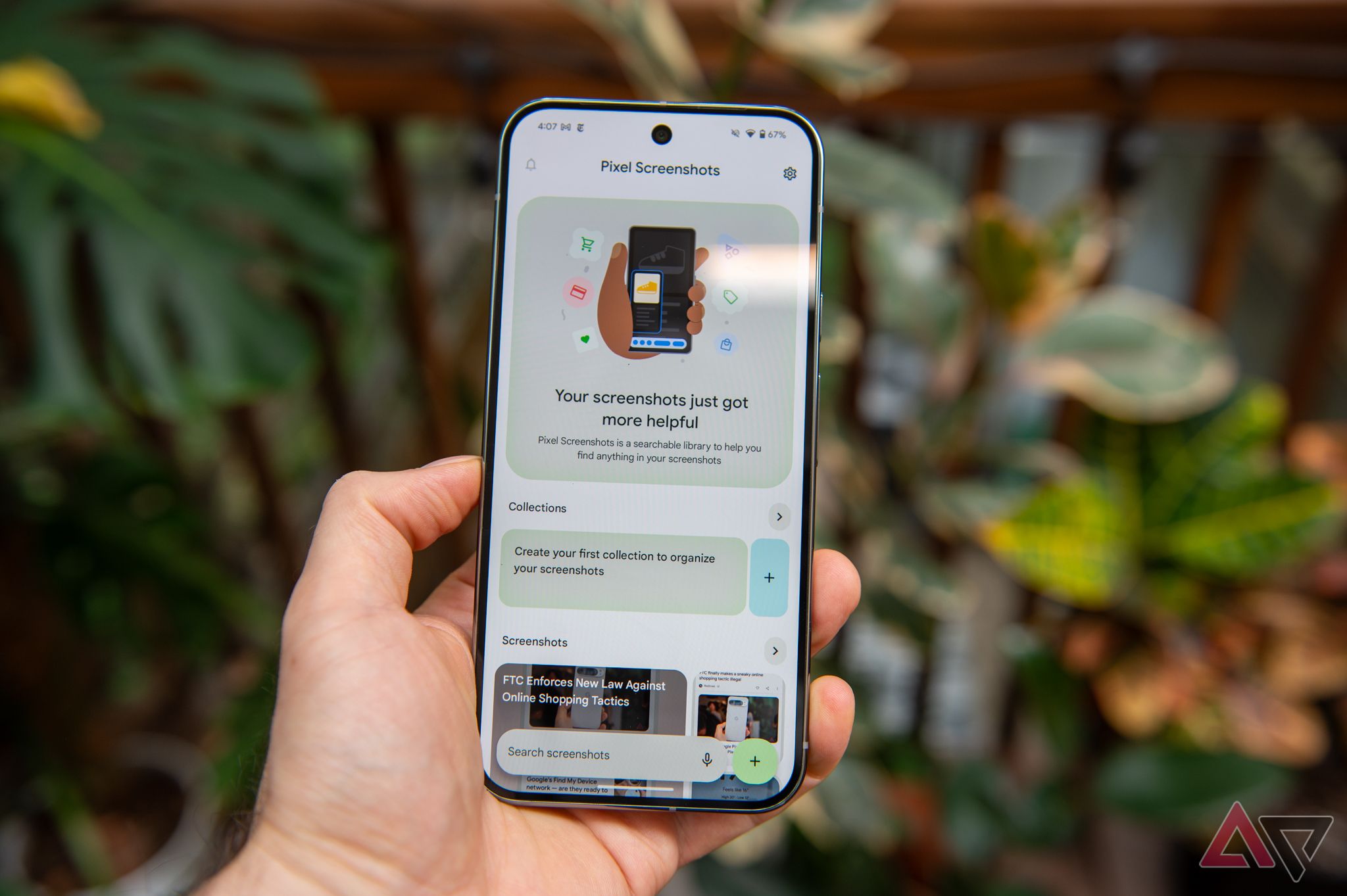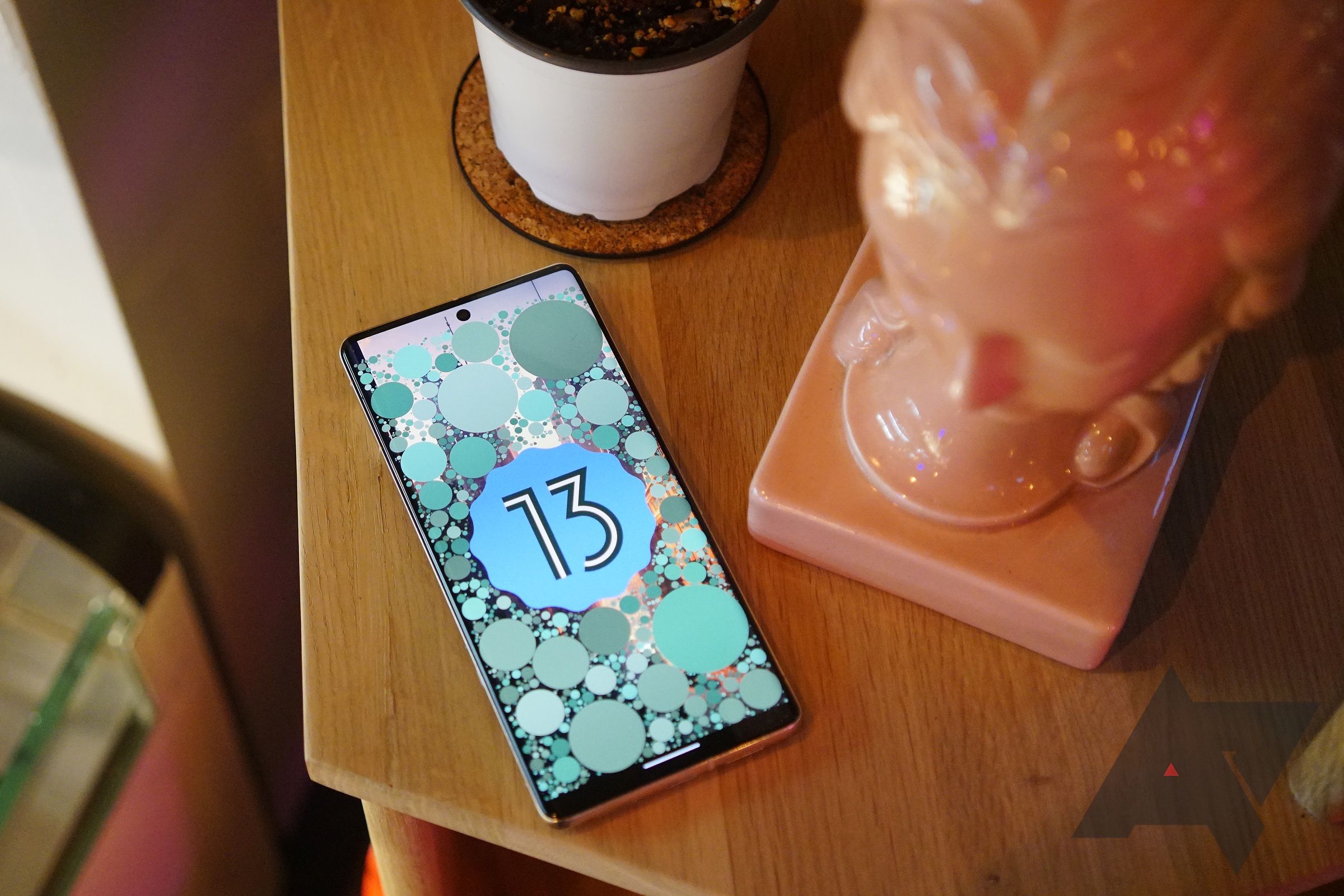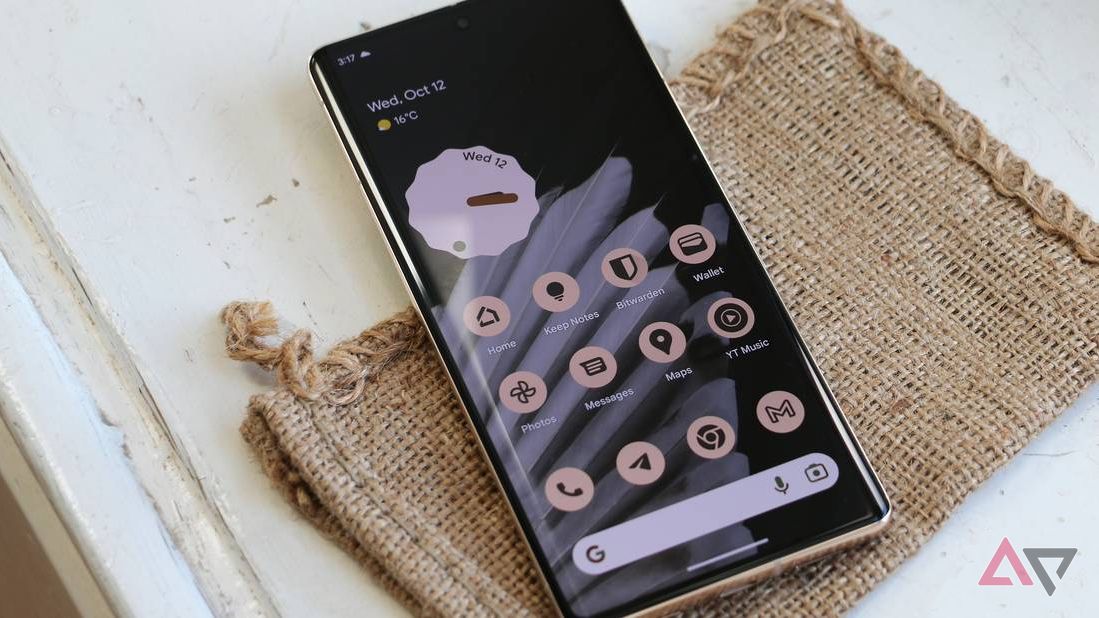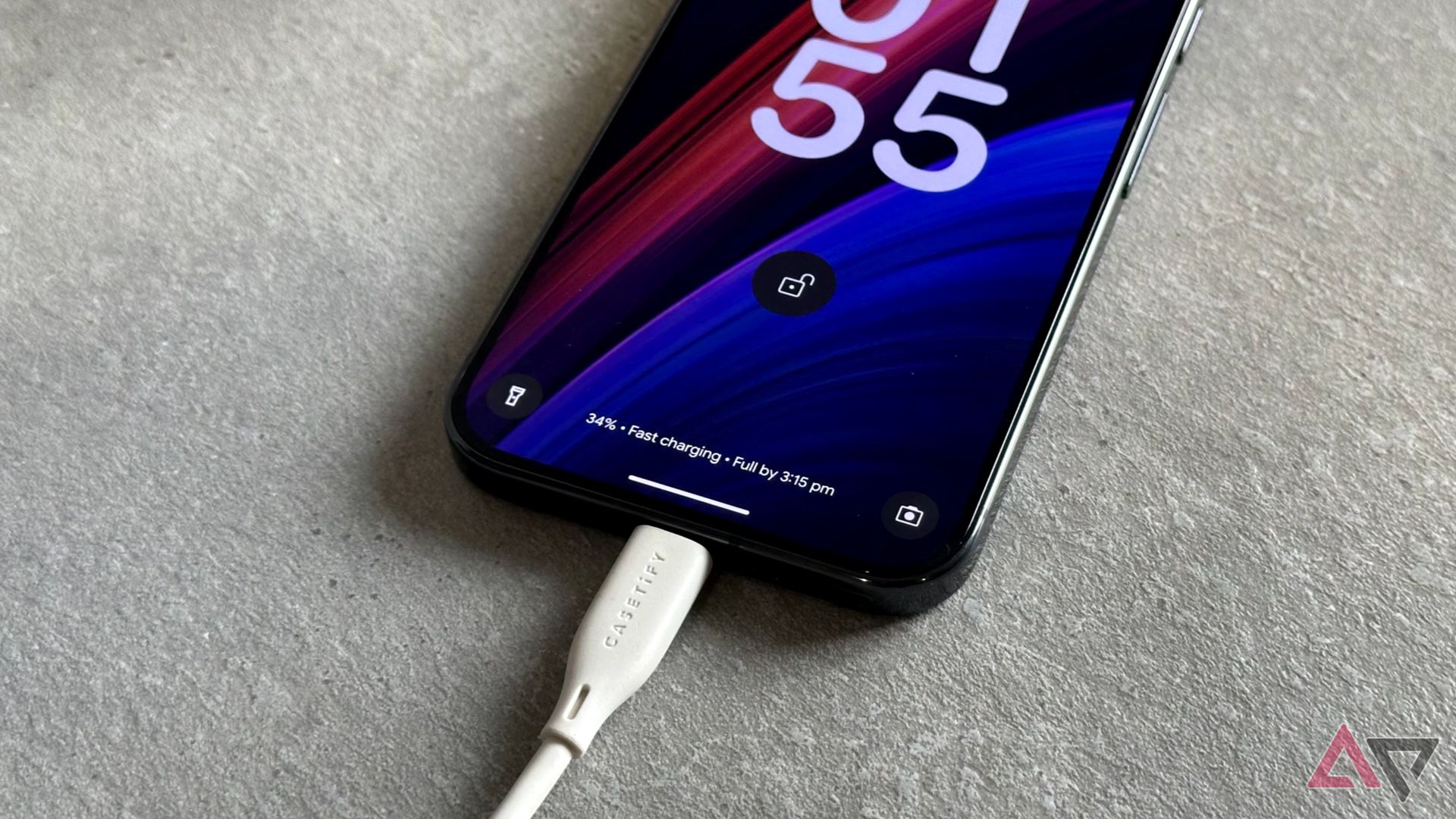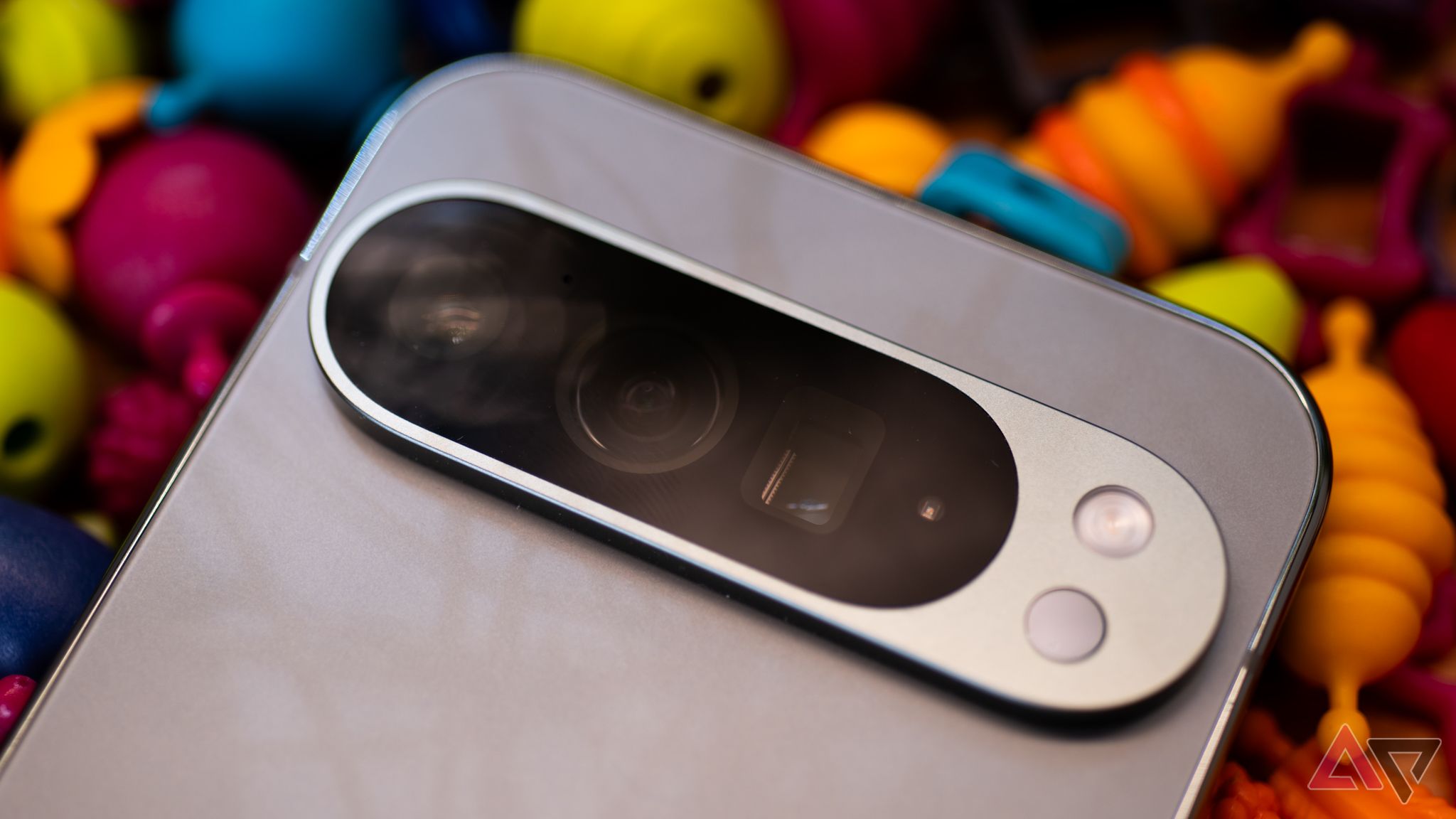Tech
Google Pixel 9 Pro XL vs. Pixel 7 Pro: A huge leap ahead
-
Google Pixel 9 Pro XL
Google finally got it right
The Pixel 9 Pro XL might not be the best name, but that doesn’t change the fact that it’s the best Pixel in the lineup. It has a large, beautiful display, a great-performing Tensor G4 chip, a breathtaking camera setup, and a solid battery life with all the Gemini AI features you need.
Pros- Superb performance
- All-day battery life
- Stunning display
Cons- It costs $100 more than its predecessor
- Slow charging
- 128GB default storage
-
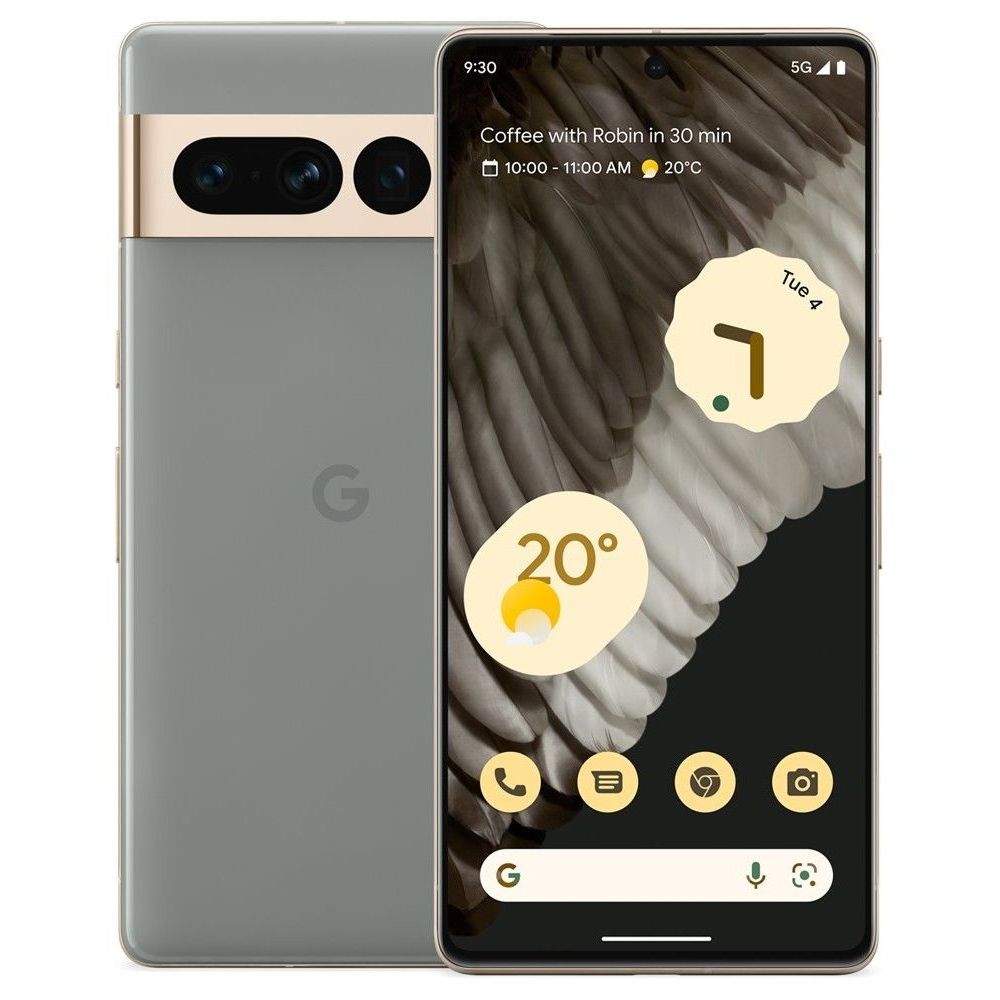
Google Pixel 7 Pro
Still great with some sacrifices
The Google Pixel 7 Pro might not receive the same level of support as other devices in the lineup, but it still holds up with its timely updates, excellent camera setup, and beautiful display. However, it has a curved panel that makes it harder to hold and use, and it lacks a few AI features that you might want to use.
Pros- Beautiful display
- Still a great performer
- Fantastic camera
Cons- Shorter software support window
- The phone runs hot sometimes
- Curved display
Google missed the opportunity to brand the new Pixel 9 Pro XL as an Ultra model, but it shows the company wants to retain its more familiar naming scheme. The new Pro XL is the highest-end Pixel smartphone in the lineup, featuring a powerful camera array, a solid battery life, a premium build and design, and just about all the flashy new AI features that you would expect to see on a modern device.
In contrast, the Pixel 7 Pro might no longer be as stylish and good-looking as the latest Pixel 9 series. It’s still easily one of the best Android phones you can buy on a smaller budget. It features a large, beautiful display that didn’t age, a Tensor G2 chipset that holds up well, and a competitive camera experience with a decent battery life.
Price, specs, and availability
The Google Pixel 9 Pro XL is available at most retailers and carriers, as well as directly through Google. The base model comes with 16GB of RAM and 128GB of storage, and it retails for $1,099, which is a $100 increase over the previous generation. The new Pixel comes in four colors: Obsidian (black), Porcelain (white), Rose Quartz (pink), and Hazel (dark green).
The Google Pixel 7 Pro is no longer sold officially in the Google Store, and it’s only available at some major retailers until stocks last, as well as at second-hand markets such as eBay.
Amazon and Best Buy often have the device on sale for as low as $420 for the base model, but it’s likely they’re trying to get rid of the stock — once they run out, your only option will be to buy it from the second-hand market. The device originally retailed for $899 with 128GB of storage, while the 256GB model could set you back $999, and the 512GB model $1,099 at its prime. Amazon
-
Google Pixel 9 Pro XL Google Pixel 7 Pro SoC Google Tensor G4 Google Tensor G2 Display type LTPO OLED, 1-120Hz LTPO AMOLED, 120Hz Display dimensions 6.8″ 6.7″ Display resolution 2992 x 1344 1440 x 3120 RAM 16GB 12GB Storage 128GB, 256GB, 512GB, or 1TB 128GB, 256GB, 512GB Battery 5,060mAh 5,000mAh Charge speed 37W wired, 23W wireless 23W wired with Google 30W USB-C charger, up to 23W wireless with Pixel Stand, 12W wireless with compatible Qi chargers Charge options USB-C wired, Qi wireless Wired, Wireless Ports USB-C USB-C SIM support Nano SIM and eSIM Dual SIM (nanoSIM + eSIM) Operating System Android 14 Android 13 Front camera 42MP f/2.2 10.8MP, f/2.2, 92.8° FoV Rear camera 50MP, f/1.7, OIS main; 48MP, f/1.7 ultrawide; 48MP, f/2.8, 5x telephoto 50MP wide (f/1.85), 12MP ultrawide (f/2.2, 125.8° FoV), 48MP telephoto (f/3.5, 5x optical zoom) Cellular connectivity LTE, Sub-6 & mmWave 5G (market dependent) 5G (mmWave supported in the US), LTE Wi-Fi connectivity Wi-Fi 7 Wi-Fi 6E Connectivity UWB, NFC, Satellite SOS Wi-Fi 6e, 5G (sub6 / mmWave) Bluetooth Bluetooth 5.3 Bluetooth 5.2 Dimensions 162.8 x 76.6 x 8.5mm 162.9 x 76.6 x 8.9mm Weight 221g 212g IP Rating IP68 IP68 Colors Obsidian, Porcelain, Hazel, Rose Quartz Obsidian, Snow, Hazel Stylus No No Price From $1,099 $899 USD
Design
Familiar looks, refined feels
The Pixel 9 Pro XL and the Pixel 7 Pro have a few things in common, namely the build material, and a similar design. However, there are some stark differences between the two devices, such as the dimensions. The newer Pixel measures 162.8mm x 76.6mm x 8.5mm, while the older model is 162.9mm x 76.6mm x 8.9mm. The Pixel 9 Pro XL is ever so slightly shorter, has the same width, and 0.4mm thinner than its two-year-old predecessor.
The Pixel 9 Pro XL is 9 grams heavier, but that’s negligible. Both phones have a Gorilla Glass Victus panel on the back, but the newer Pixel has the second generation that’s a bit tougher when it comes to scratches and falls, and both phones have an aluminum frame that feels just as premium as ever.
But the main difference is mostly on the outside, and the way it feels in your hands. We found that the new Pixel 9 series, including the Pro XL, feels far more premium and great in the hand than previous generations. It has flat sides, and a new camera island design with a very large camera bump.
The Pixel 7 Pro’s visor looked a bit more attached to the device, and it had a lot more curved edges. Each corner of the phone is more rounded off on the Pixel 9 Pro XL with flat sides, whereas the Pixel 7 Pro looks more rectangular with curved sides.
The button placement remains the same on the two phones, and the power button and volume rocker are still placed on the right side, with the power button receiving the top spot. The front-facing camera is still on the top center of each device in a punch-hole cutout, and the two devices still look very familiar. Google also kept the IP68 certificate on both phones, retaining water and dust resistance that can endure up to 1.5m depth for 30 minutes.
Display
Even bigger, even brighter
Despite the Pixel 7 Pro and the 9 Pro XL having similar dimensions, Google managed to shrink the bezels and equip the new flagship with a 6.8-inch display, compared to the 7 Pro’s 6.7-inch panel. The differences are minimal, but the 9 Pro XL looks more modern and far more refined as a result.
The display technology has also changed quite a bit. The Pixel 9 Pro XL features an LTPO OLED display with a variable 120Hz refresh rate and HDR10+. It’s smooth, looks colorful, and it’s bright too. It has a peak brightness of 3,000 nits, making it one of the brightest panels when it comes to supported HDR content.
In contrast, the Pixel 7 Pro comes with a similarly excellent LTPO AMOLED display with 120Hz and HDR10+ support. However, the peak brightness is half of the 9 Pro XL at 1,500 nits. That’s not to say HDR content won’t be enjoyable, far from it, but it’ll look nicer on the newer phone. Luckily, the colors, contrast, and viewing angles are just as good on both phones, so you won’t have a problem using them day or night, wherever you are.
The fingerprint reader is still built under the display, but the 9 Pro XL uses an ultrasonic sensor compared to the Pixel 7 Pro’s optical, which is much faster and more accurate. We’re just glad to see that Google heard the feedback from the community and swapped the technology to something more pleasant to use on an everyday basis.
Software and performance
7 years of support and the latest features versus 5 years and new AI options
Google’s latest user interface looks modern, albeit it’s not without its fair share of issues. It’s relatively customizable for as long as you don’t want to change it too much, and you don’t want to use a variety of gestures. For those types of customization levels, you’ll still have to opt for a custom launcher, such as the Nova Launcher.
However, Google has got a lot of additional features going for it. The latest Pixel 9 series benefits from all the new AI features including the Add Me, Video Boost for Night Sight, Magic Editor, and much more. There are some rumors that this could trickle down to older Pixels, such as the Pixel 8, 7, and potentially even older devices, but that remains to be seen in practice.
As of now, most of the new AI features remain exclusive to the Pixel 9 series, and some on the Pixel 8 line. And in case that wasn’t enough to persuade you that the Pixel 9 series is the latest and greatest from Google, just look at the update promise.
Google claims the new devices will receive seven years of OS and security updates, whereas the Pixel 7 Pro will only receive five years of security updates. The Pixel 7 series, consisting of the Pixel 7 and Pixel 7 Pro, will receive OS updates until at least October 2025, and security patches until at least October 2027.
If you want to futureproof yourself, the Pixel 8 and Pixel 9 series are the way to go. However, if you’re looking for a smartphone that’ll continue to receive updates – even though it might not have the latest features – the Pixel 7 series is the way to go, especially if you have a tight budget and fewer requirements.
Battery life
Slightly faster charging; still a solid day-long battery life
The Pixel 9 Pro XL has a 5,060 mAh battery, while the Pixel 7 Pro has a 5,000 mAh capacity. The difference is negligible at best, but the efficiency of the Google Tensor G4 makes things run faster and longer. We found that the Pixel 9 Pro XL can last a full day on a single charge, and while it won’t win any awards, it’ll be perfectly suitable for most power and general users.
The Pixel 7 Pro can also last a full day, but more conservative use might be needed by power users to make it to the end of the day. General users will almost certainly be able to get a full day’s worth of charge, which is still excellent at this day and age for a phone that’s two years old – but not unheard of, as most modern and older flagships can manage that with ease.
The charging situation has improved on the Pixel 9 Pro XL, but it’s fair to say that Google is still far behind the competition. Still, there are some signs of improvement; the new flagship supports 37W fast wired charging, which is advertised to go from zero to 70% in 30 minutes. This is a noticeable improvement over the Pixel 7 Pro, which can only do 23W wired charging and go from 0% to 50% in 30 minutes.
Wireless charging remains supported on both devices for up to 23W when using the original Pixel Stand. The 9 Pro XL also supports 12W wireless charging with standard Qi (first version) chargers, but sadly, neither phone comes with Qi2 or magnets inside. At least both phones support reverse wireless charging, enabling you to top up your earbuds and other accessories on the go.
Camera
Major advancements all around
During our review, we found that both the Pixel 9 Pro XL and Pixel 7 Pro take excellent photos in all lighting conditions. The 9 Pro XL has a triple camera setup, consisting of a 50MP primary, a 48MP ultrawide, and a 48MP periscope telephoto with 5x optical zoom.
In contrast, the Pixel 7 Pro also has a triple camera setup, but it has a 50MP primary, a 12MP ultrawide, and a 48MP periscope telephoto with 5x optical zoom. Putting these two phones side-by-side reveals that Google has made major improvements to the camera quality and overall performance of the generation – which isn’t too surprising, as they also have different sensors.
In terms of features, the Pixel 9 Pro XL naturally gets everything: all the latest advancements and AI features. It takes stellar photos regardless of time and light and is hands down one of the best camera smartphones you can buy today. However, the Pixel 7 Pro still holds its ground, and is more than capable of handling most scenarios and environments.
Which is right for you?
During our review, we called the Pixel 9 Pro XL “the best big Android phone.” The reason is simple: Google finally got it right, for the most part.
The Pixel 9 Pro XL is large enough for those who want a large device with a beautiful, bright, and colorful display; the Tensor G4, while slightly behind the competition when it comes to benchmarks, provides excellent performance for everyday tasks and games. The camera is also outstanding, and the phone can last a full day on a single charge.
Of course, the Pixel 9 Pro XL isn’t perfect. It’s expensive, and the charging situation still leaves a lot to be desired. Having said that, it excels in nearly all other departments, and even the lack of Qi2 support and magnetic-support can’t take that title away from Google’s latest and easily the best flagship to date.
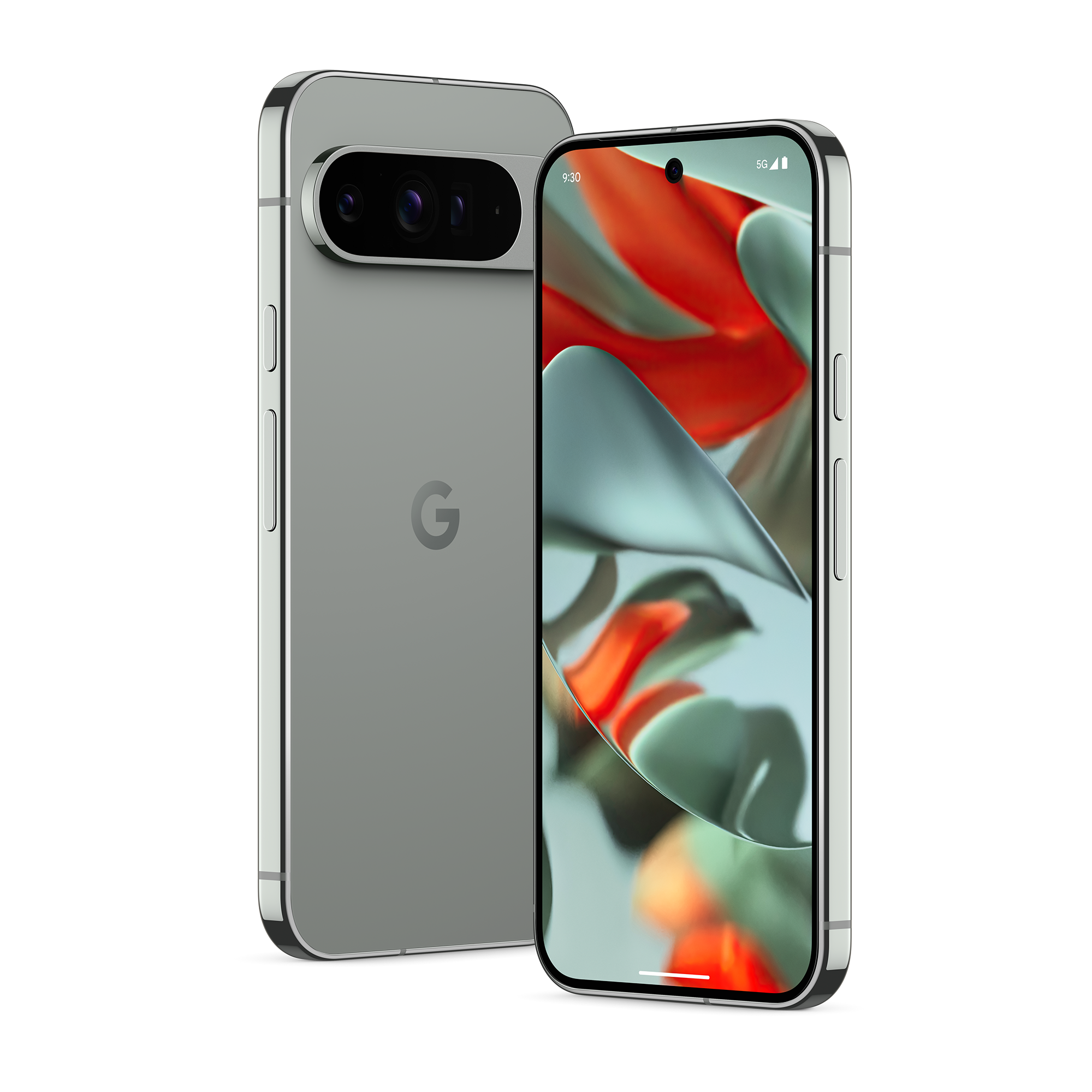
Google Pixel 9 Pro XL
If you’re looking for a larger Pixel that features all the new and flashy Gemini AI features, camera upgrades, and a solid performance with a long battery life, then the Pixel 9 Pro XL ticks nearly all the boxes. While the price might put off some people, it’s worth noting that you’re also getting 7 years of OS and security updates – making it a great investment for those wanting a futureproof smartphone.
In contrast, the Pixel 7 Pro is slowly starting to show its age, but not because of its chipset. Despite the phone receiving fewer updates than the Pixel 8 series, it’s still an excellent smartphone, but when you look at what else you can get for about the same price, you’ll see there are other options to choose from.
The Pixel 7 Pro remains a solid option for those wanting a Pixel that’s relatively affordable, and offers most of the new features you can also find on the newer devices. However, if you’re after the new Gemini AI features and camera tricks, you might have to shell out more for the newer Pixel 8 or Pixel 8 Pro. If you’re happy with what you’re getting, the Pixel 7 Pro is a great buy, especially if you can find it for, or less than, $400.

Google Pixel 7 Pro
The Pixel 7 Pro is cheaper than ever, yet it still offers a decent performance, a powerful camera setup, a solid one-day battery life, and overall experience. If you’re on a budget and you don’t mind sporting a 2-year-old phone, it still holds up and offers a respectable value for the money.

